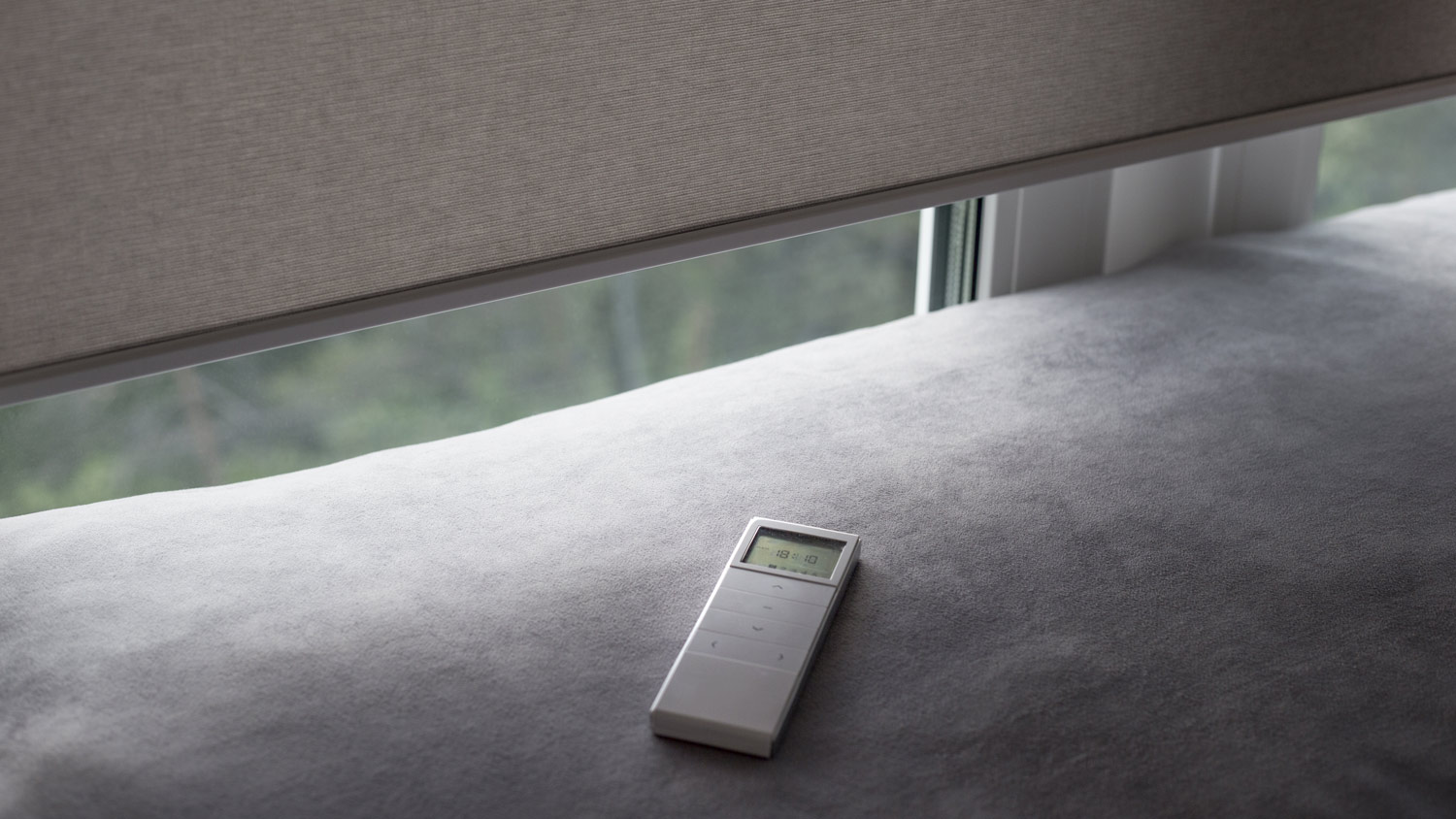
Discover the average window treatment cost, including price ranges and key factors, to help you plan your project with confidence.
Don’t turn a blind eye to broken blinds


Your pull cords play a vital role in helping lower and raise your blinds. Unfortunately, you may notice they become frayed, warped, or damaged over time, which usually warrants replacement. Instead of installing new blinds, which costs around $700, tackle the project yourself with just a few household materials and a new set of blind strings.
In this guide, learn how to restring blinds and troubleshoot a few common blind cord problems in seven easy steps.
Complex, high-risk projects demand more than typical DIY projects. They require time, specialized tools, and trained expertise to make sure the job is done safely and correctly. We made it easy for you to find a local pro—with our skilled network, you'll get the job done without the stress of doing it yourself or significant safety risks.
This guide assumes your blind cords have minor damage, like frayed strings or pull cords still attached but not working effectively.
Take an assessment of your blinds. If the headrail is also damaged or your wooden horizontal blinds are cracked or chipped, you may need to take further steps or reach out to a local blind installation company for a quote.
Also, some horizontal blinds use two types of string. During the inspection process, look to see which kind yours use so you’ll know whether to replace your blinds or order two types of string.
Blind strings generally come in four different sizes, so you’ll need to measure or match the ones currently on your blinds to the new ones.
Blind string measurements typically come in:
1.4 millimeter diameter
1.6 millimeter diameter
1.8 millimeter diameter
2 millimeter diameter
The measurement you’ll need is the length and width of each blind. Twice the length of both is how long your replacement blind strings need to be.
Use a tape measure to determine the length of string needed. Blind string replacement kits (which cost about $15) usually come with 20 or 30 feet of string, plus you’ll need an extra 5 to 10 feet to ensure it hangs down. Write these measurements down so you don’t forget.
Cut one length of cord for each blind string you’ll be replacing. Have all of them ready to go so you can tackle the whole project at once.
If you’re struggling to figure it out, you might see if your manufacturer makes pre-made kits for the specific model of horizontal blinds you have in your home. If your blinds need a ton of work, consider replacing or repairing your blind cords.
Bring your blinds down to cover the window. Lift the bottom horizontal blind up and turn it over. A rail button or cap should be underneath, which you can remove with your fingers. Inside, you’ll find the knot holding your blind cords. Cut this knot.
Caps, washers, and knots are often used (sometimes in conjunction with each other) to hold your horizontal blinds up from the bottom. Along the old blind string, use your pliers or a pair of scissors to cut these off and set them aside. You’ll need them again later.

Note: You’ll need to use a lighter here, so be careful and make sure nothing flammable is nearby while you work.
Line the frayed or damaged cord end up with the new cord you’ve already cut, then strike your lighter to both tips to melt them together. Carefully touch the two pieces of string together to help guide the welding process so they fit snugly.
Using the other end of the blind string, pull your new string through the blind until it reaches the proper length. Thread it through until your old cord has removed itself from the blind and been replaced by the new one. Then, cut the old blind cord.
Double-knot the new cord at the bottom, and add the washers back in if they were there to begin with. Place everything back inside the capped area and press the cap in to seal.

Now, the moment of truth: Gently pull on your blind cord to test them.
If they aren’t raising all of a sudden, make sure you haven’t hit the cord lock mechanism while working, which comes standard on many models.
Finally, you can use the extra cord you gave yourself to determine how long you want your blind pull cord to be; 5 to 10 feet of extra length is standard, but it may be a good idea to cut this a little shorter if you have small children.
Fixing blinds on your own is a very easy and relatively low-stakes task. Even novice DIYers can usually complete the task in less than two hours for $20 or less. However, there are some risks to the job. If you try to restring your blinds and end up causing more damage, you could end up having to completely replace the blinds, which definitely costs more than $20.
If, for any reason, you’re not confident in your abilities or if you don’t have the time to complete this task, a local blind repair company would be more than happy to lend a helping hand to get you back to shaded bliss in no time.
From average costs to expert advice, get all the answers you need to get your job done.

Discover the average window treatment cost, including price ranges and key factors, to help you plan your project with confidence.

Looking to step up your home’s interior with window treatments? Use this guide to blinds installation cost to set an appropriate budget for your project.

Estate shutters can add a stately appearance to your home and block out light. Learn how much estate shutters cost, depending on window size and material.

Wondering how much do motorized blinds cost? Discover 2025 prices, key cost factors, and tips to save on your motorized blinds installation.

Choosing the right blinds starts with knowing your design preferences and finding the right installer. Keep reading to discover common questions on blinds.

Discover exterior shutters cost, including average prices, installation factors, and ways to save. Get expert tips to plan your exterior shutter project.